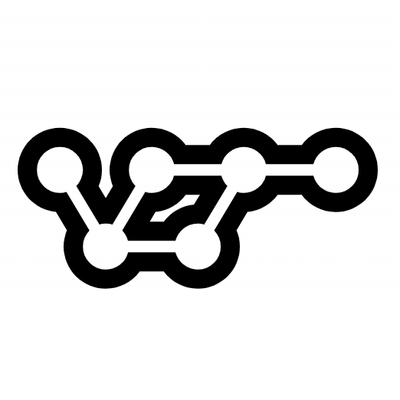
Security News
vlt Launches "reproduce": A New Tool Challenging the Limits of Package Provenance
vlt's new "reproduce" tool verifies npm packages against their source code, outperforming traditional provenance adoption in the JavaScript ecosystem.
squeezer-cli
Advanced tools
Squeezer is a platform that empowers new-entry blockchain developers to build serverless dApps simply as dead.
The main usage of the ChainKit is to unify top blockchains interfaces into a single normalized API interface , therefore you can build blockchain dApps easily without digging into blockchain complex infrastructure.
>=6Squeezer command-line interface
Create a quick project stub by using templates :
| template | description |
|---|---|
| Squeezer 2way Payment | https://github.com/SqueezerIO/squeezer-2way-payment |
Extend or merge the Squeezer framework functionality with plugins
| Plugin | Author |
|---|---|
| Serve Plugin This plugin enables serving support for local development within the Squeezer Framework. | Nick Chisiu |
| Swagger Plugin This plugin enables Swagger API Documentation support within the Squeezer Framework. | Nick Chisiu |
| Project Name | Author | Demo |
|---|---|---|
| Squeezer 2way Payment Squeezer Two Way Blockchain Payment System (inbound + outbound) | Nick Chisiu | video |
NOTE: Windows users should enable symlinks in order to avoid unwanted symbolic links errors .
npm install squeezer-cli -gsqz create --project my-first-project --template https://github.com/SqueezerIO/squeezer-2way-paymentcd my-first-projectgit initgit add .New button, and enter the name of your project that you've created locally, in our case it will be my-first-project, then create the new repository.git commit -m "First commit"git push -u origin masterSee contributing.md for contribution guidelines
FAQs
Build serverless dApps
The npm package squeezer-cli receives a total of 5 weekly downloads. As such, squeezer-cli popularity was classified as not popular.
We found that squeezer-cli demonstrated a not healthy version release cadence and project activity because the last version was released a year ago. It has 1 open source maintainer collaborating on the project.
Did you know?

Socket for GitHub automatically highlights issues in each pull request and monitors the health of all your open source dependencies. Discover the contents of your packages and block harmful activity before you install or update your dependencies.

Security News
vlt's new "reproduce" tool verifies npm packages against their source code, outperforming traditional provenance adoption in the JavaScript ecosystem.

Research
Security News
Socket researchers uncovered a malicious PyPI package exploiting Deezer’s API to enable coordinated music piracy through API abuse and C2 server control.

Research
The Socket Research Team discovered a malicious npm package, '@ton-wallet/create', stealing cryptocurrency wallet keys from developers and users in the TON ecosystem.